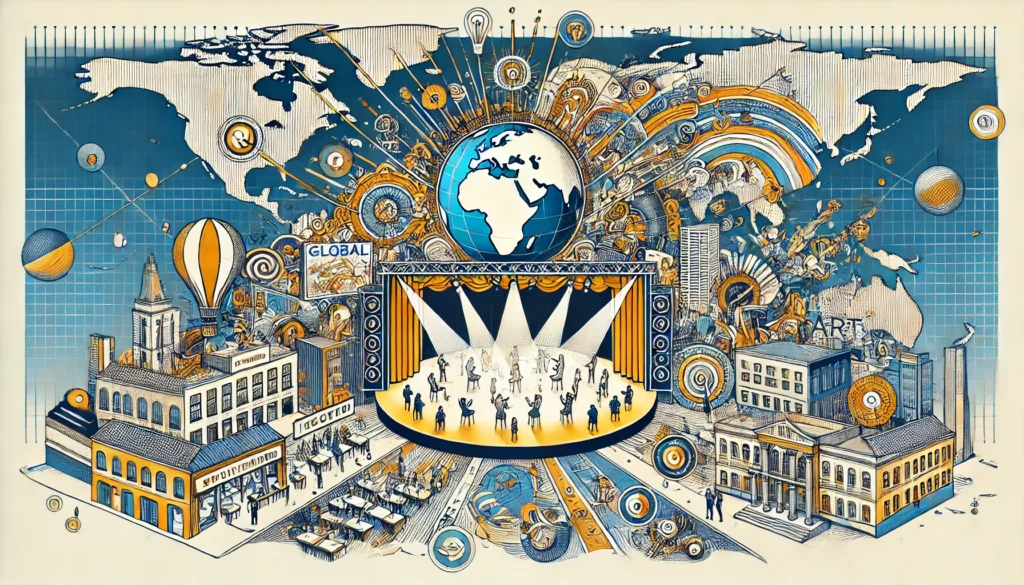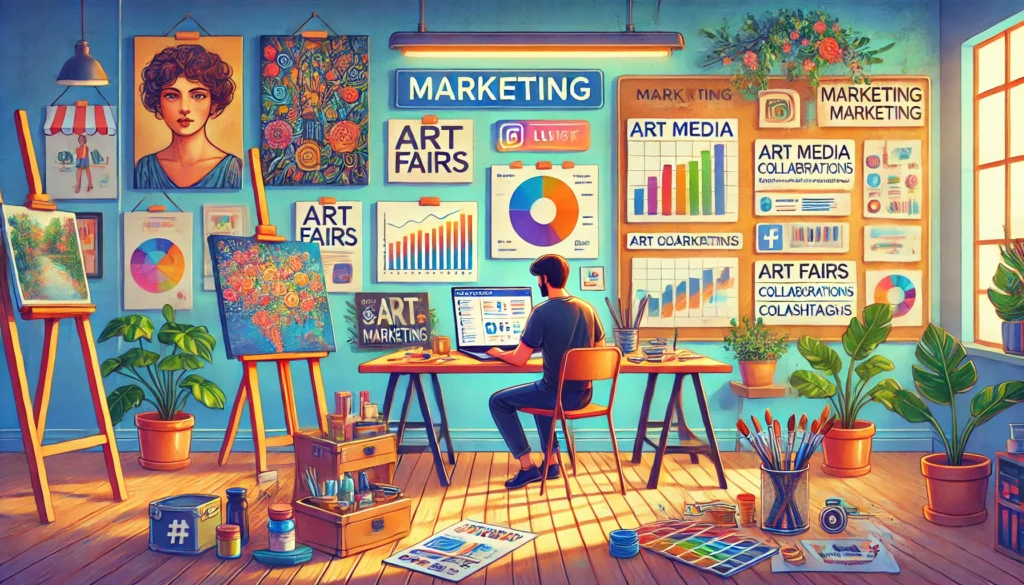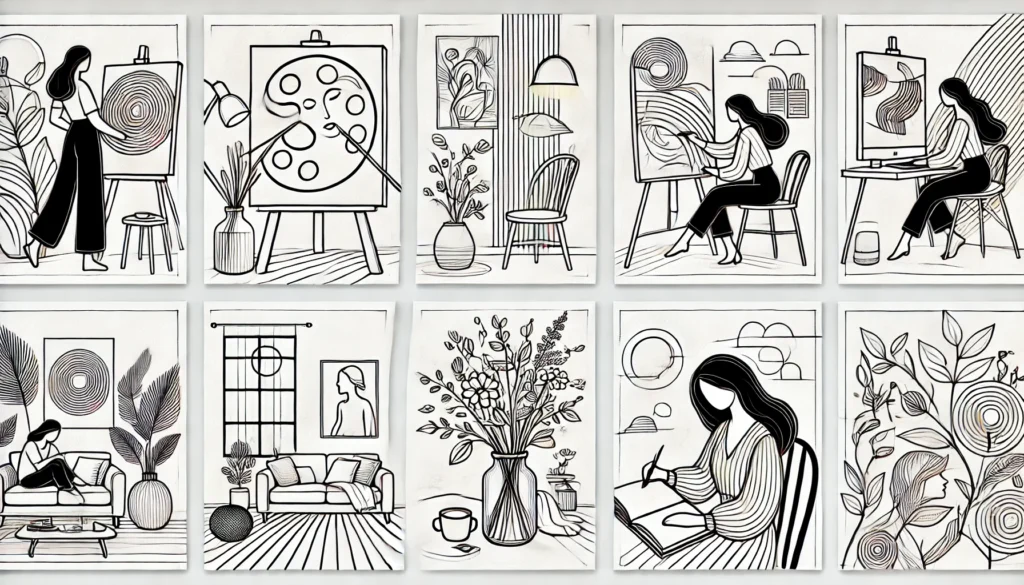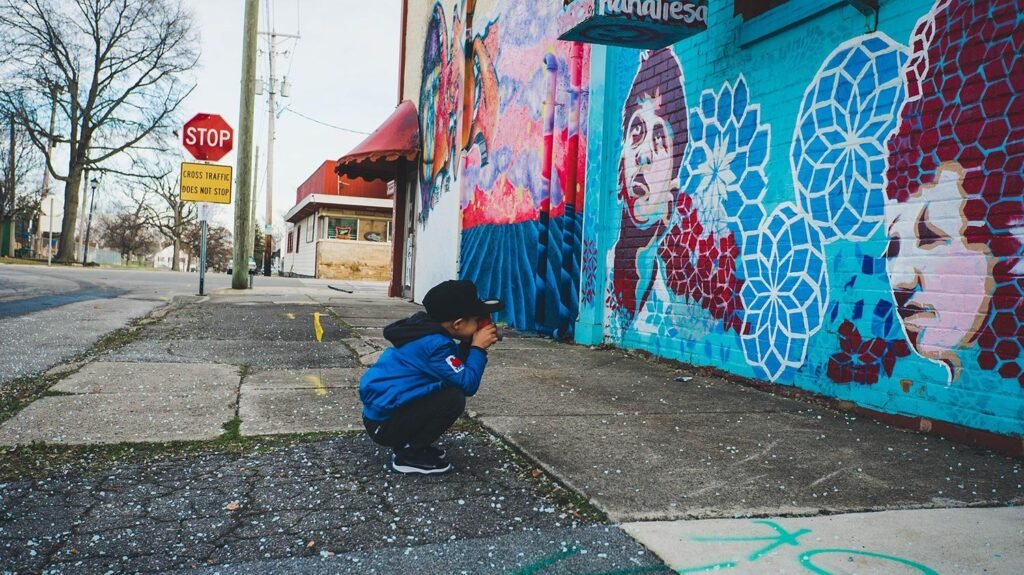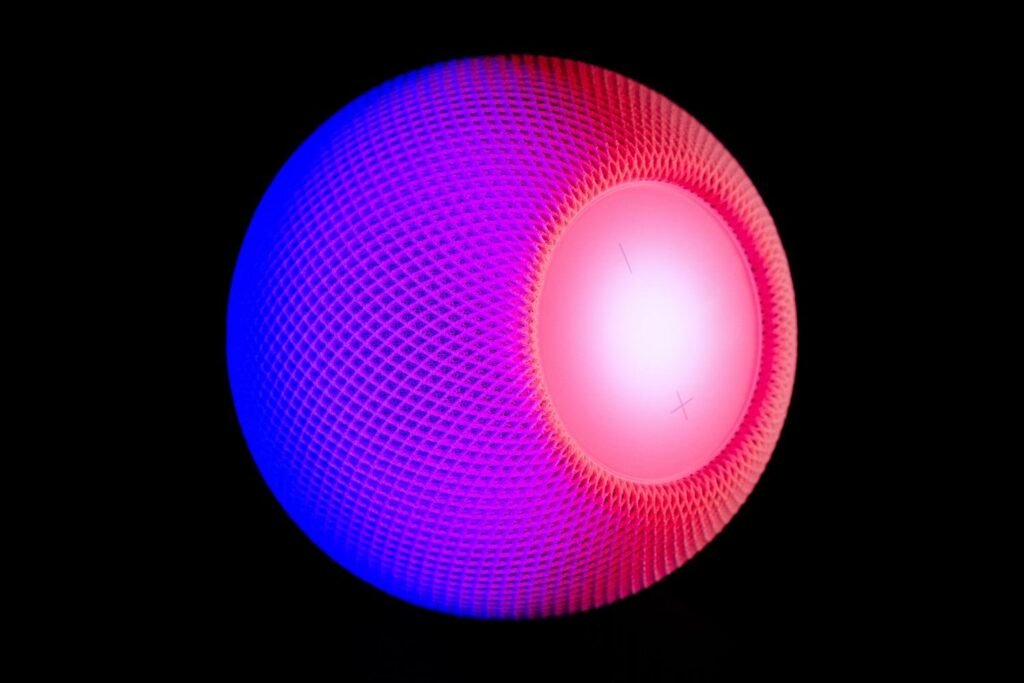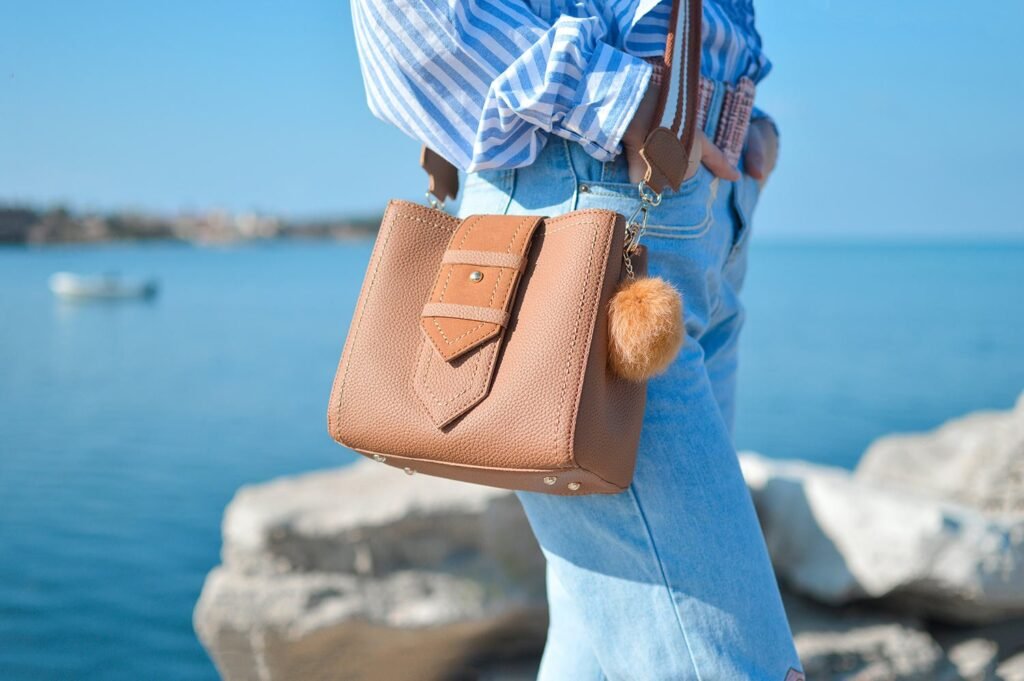Sustainable Art: Creative Expressions with a Purpose

In a world increasingly conscious of environmental impact, sustainable art is emerging as a powerful movement. Combining creativity with purpose, sustainable art uses eco-friendly materials and themes to inspire awareness and action. This approach not only challenges artists to innovate but also encourages audiences to rethink their relationship with the planet.
What is Sustainable Art?
Sustainable art is a form of creative expression that prioritizes environmental responsibility. It incorporates:
- Eco-Friendly Materials: Using recycled, upcycled, or biodegradable materials to minimize waste.
- Green Practices: Employing energy-efficient processes and reducing carbon footprints during creation.
- Environmental Themes: Highlighting ecological issues such as climate change, deforestation, and pollution.
Why Sustainable Art Matters
- Raises Awareness:
- Art has the power to communicate complex environmental issues in an accessible and impactful way.
- By visualizing the effects of climate change or waste, artists can inspire action and empathy.
- Promotes Change:
- Sustainable art encourages audiences to adopt eco-friendly habits by demonstrating creative ways to repurpose materials.
- Fosters Innovation:
- The challenge of working sustainably pushes artists to experiment with unconventional mediums and methods.
- Cultural Shift:
- By incorporating sustainability into art, creators contribute to a broader cultural movement towards environmental consciousness.
Notable Examples of Sustainable Art
- Vik Muniz:
- Known for creating intricate portraits using recycled materials like garbage and scrap metal, Muniz highlights the beauty in discarded objects.
- Olafur Eliasson:
- Eliasson’s large-scale installations often focus on natural phenomena and renewable energy, such as his Little Sun solar lamp project.
- Aurora Robson:
- This sculptor transforms plastic debris into stunning installations, addressing the issue of ocean pollution.
- Chris Jordan:
- His photographic series, such as Running the Numbers, visually depicts the scale of human consumption and waste.
How to Create Sustainable Art
- Use Recycled Materials:
- Collect discarded objects like paper, fabric, plastic, or metal to create your pieces.
- Opt for Natural Mediums:
- Experiment with biodegradable paints, organic dyes, or clay.
- Collaborate Locally:
- Work with local communities and artisans to source materials sustainably and reduce transportation impact.
- Highlight Environmental Themes:
- Use your art to tell stories about pressing ecological issues and inspire change.
- Repurpose and Upcycle:
- Give new life to old or broken items by incorporating them into your artwork.
The Role of Audiences in Sustainable Art
- Support Eco-Friendly Artists:
- Purchase artworks created using sustainable practices to encourage environmentally responsible creativity.
- Engage with the Message:
- Reflect on the themes presented in sustainable art and incorporate eco-conscious habits into your own life.
- Spread Awareness:
- Share sustainable art and its messages on social media or in your community to amplify its impact.
Conclusion
Sustainable art is more than a trend; it’s a vital movement that combines creativity with environmental stewardship. By turning waste into wonder and raising awareness about ecological challenges, sustainable artists are reshaping the art world with purpose and innovation. Whether you’re an artist or an admirer, embracing sustainability in art is a step towards a greener, more conscious future.
What inspires you about sustainable art? Share your thoughts and favorite eco-friendly projects in the comments below!













